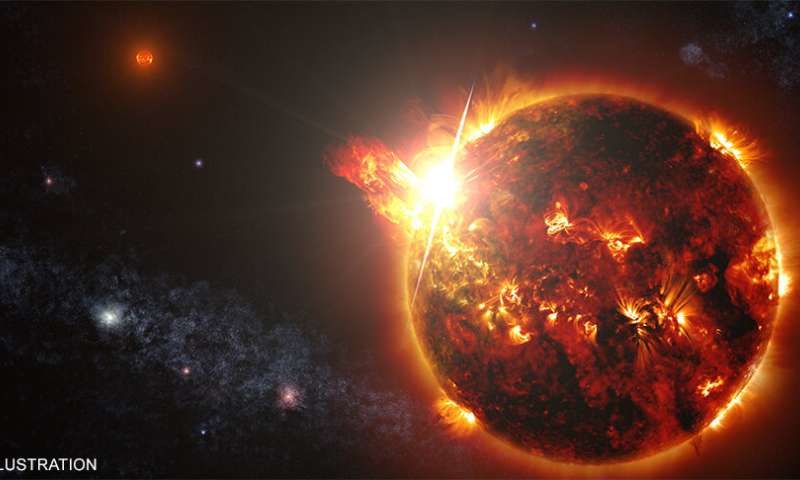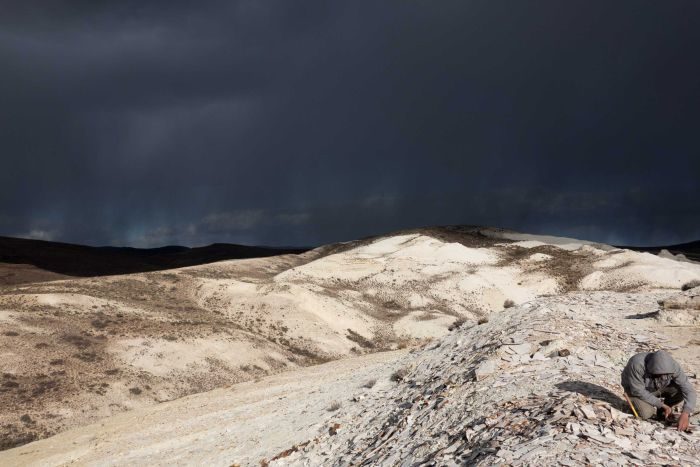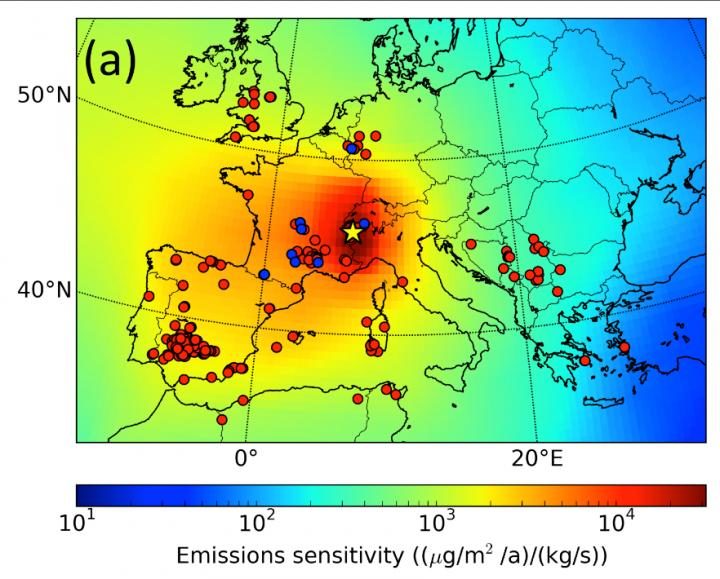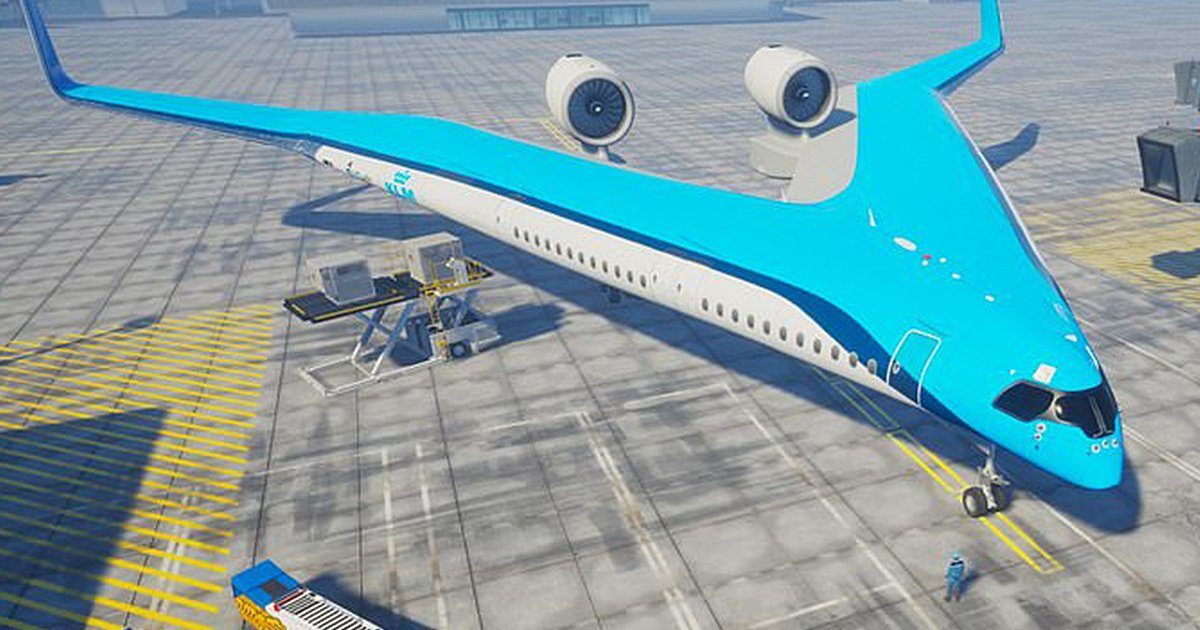
© NASA/GSFC/S. Wiessinger
A group of researchers has identified and characterized for the first time in a complete way a powerful eruption in the atmosphere of the active star HR 9024, marked by an intense flash of X-rays followed by the emission of a giant bubble of plasma, ie hot gas containing charged particles.
This is the first time a coronal mass ejection, or CME, has been seen in a star other than our Sun. The corona is the outer atmosphere of a star.
The work, appearing in an article in the latest issue of the journal
Nature Astronomy, used data collected by NASA's Chandra X-ray Observatory. The results confirm that CMEs are produced in magnetically active
stars and are relevant to stellar physics, and they also open the opportunity to systematically study such dramatic events in stars other than the Sun.
"The technique we used is based on monitoring the velocity of plasmas during a stellar flare," said Costanza Argiroffi (University of Palermo in Italy and associate researcher at the National Institute for Astrophysics in Italy) who led the study. "This is because, in analogy with the solar environment, it is expected that, during a flare, the plasma confined in the coronal loop where the flare takes place moves first upward, and then downwards reaching the lower layers of the stellar atmosphere. Moreover, there is also expected to be an additional motion, always directed upwards, due to the CME associated with the flare."





Comment: SpaceX satellites could blight the night sky, warn astronomers